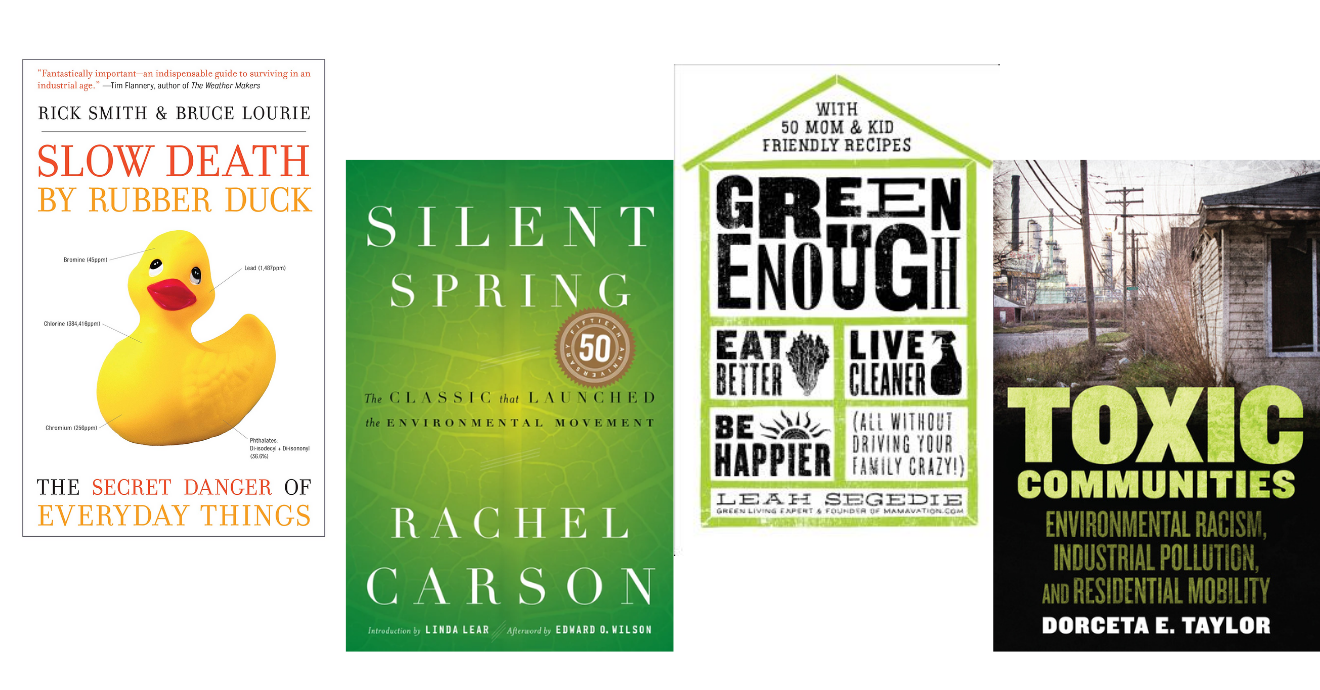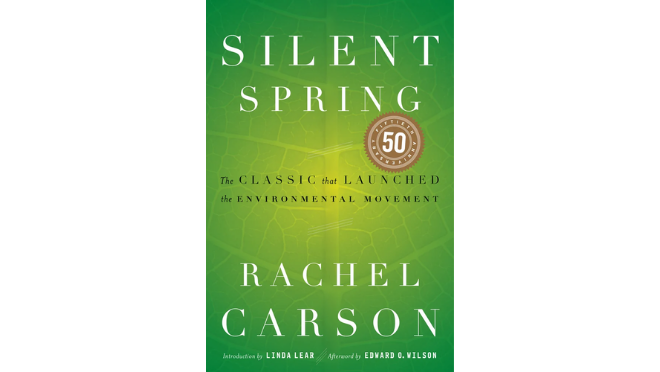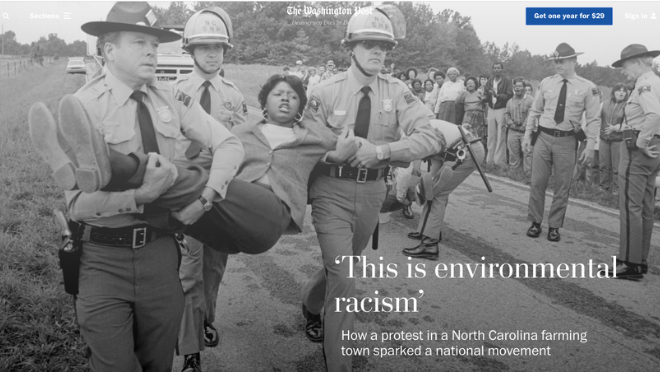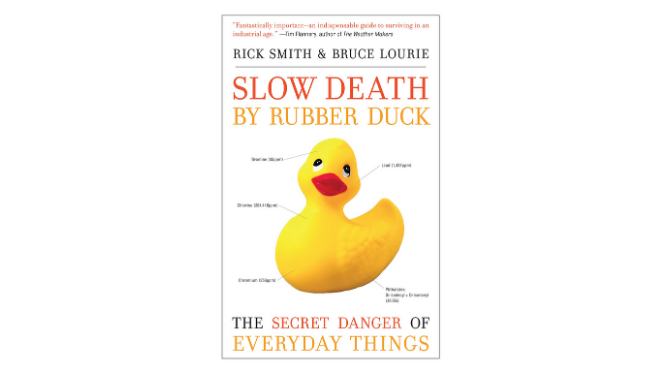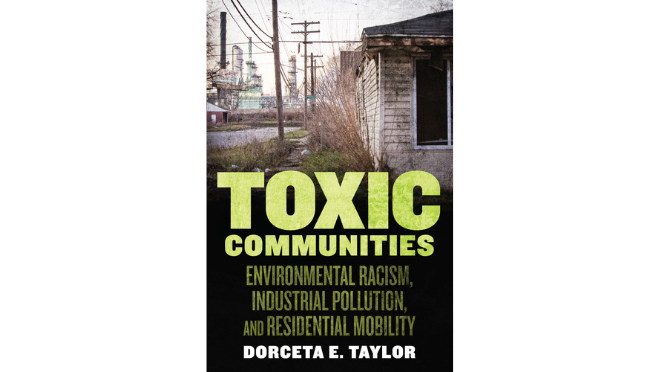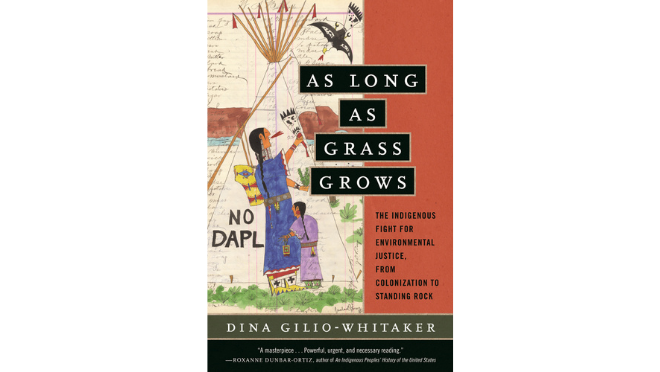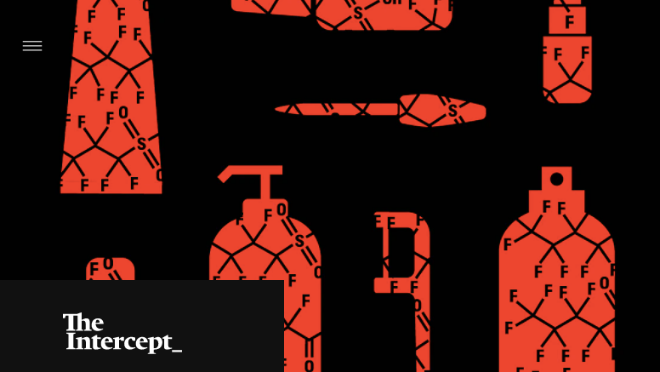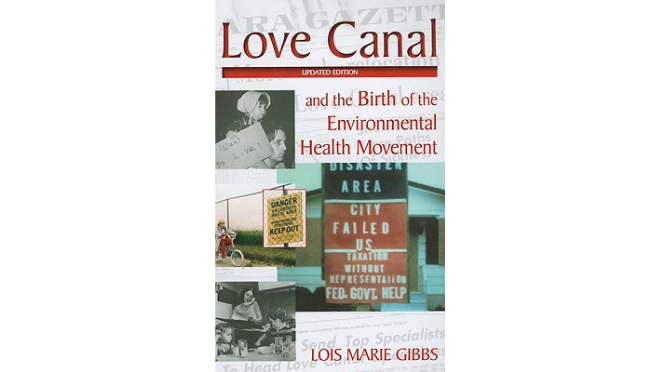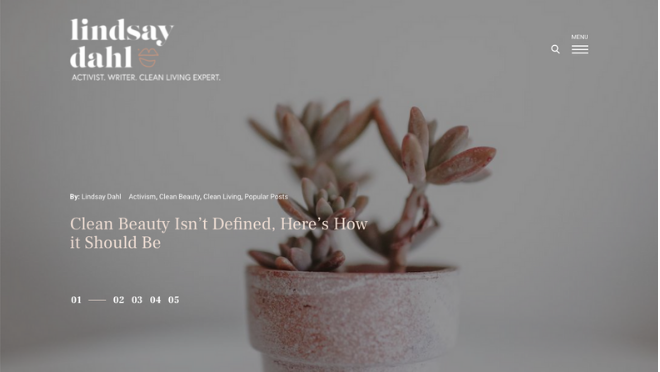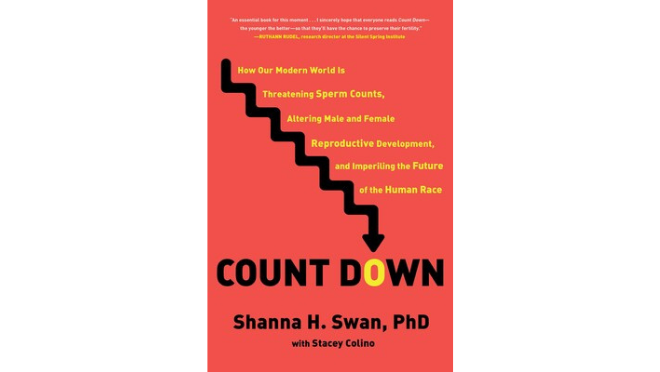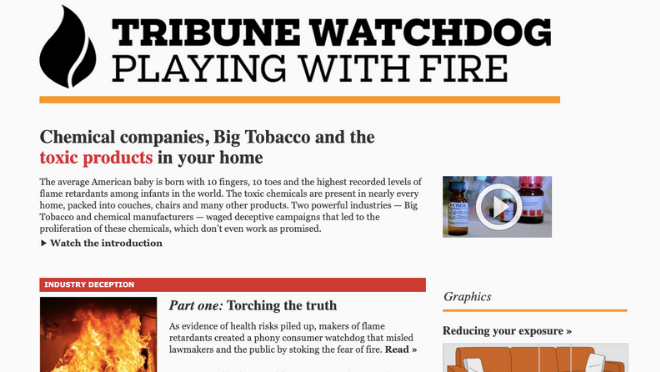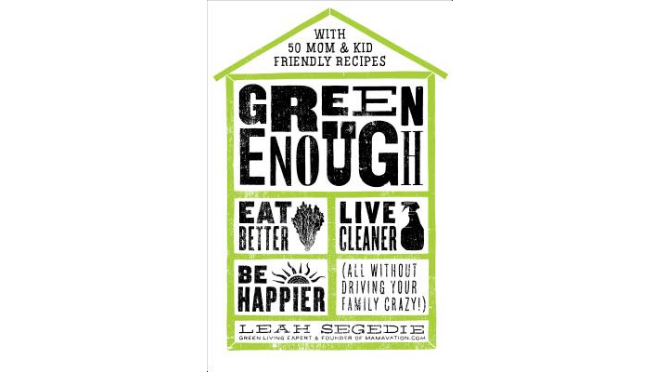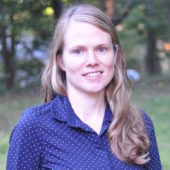Marking Earth Day at home this year? We’ve assembled a list of some of our favorite books, blogs, and articles to learn more about the fight to stop the chemical industry from polluting our homes, schools, and workplaces with toxic chemicals and achieve environmental justice for the most impacted communities. To learn even more, check out our top 10 documentaries to stream.
Silent Spring
By Rachel Carson
Rarely does a single book alter the course of history, but Rachel Carson’s Silent Spring did exactly that. The outcry that followed its publication in 1962 forced the banning of DDT and spurred revolutionary changes in the laws affecting our air, land, and water. Carson’s passionate concern for the future of our planet reverberated powerfully throughout the world, and her eloquent book was instrumental in launching the environmental movement. This is without question one of the landmark books of the twentieth century.
Washington Post: ‘This is environmental racism’: How a protest in a North Carolina farming town sparked a national movement
By Darryl Fears and Brady Dennis
Features our colleague and friend Peggy Shepard of WE ACT for Environmental Justice.
WARREN COUNTY, N.C. — Ben Chavis was driving on a lonely road through rolling tobacco fields when he looked in his rearview mirror and saw the state trooper.
Chavis knew he was a marked man. Protests had erupted over North Carolina’s decision to dump 40,000 cubic yards of soil contaminated with cancer-causing chemicals in a poor Black farming community in Warren County, and Chavis was a leader of the revolt. The trooper pulled him over.
“What did I do, officer?” Chavis asked that day in 1982. The answer shocked him.
“He told me that I was driving too slow.”
Chavis was arrested and thrown in jail. When the cell door slammed shut, he gripped the metal bars and declared: “This is racism. This is environmental racism.”
Slow Death by Rubber Duck: The Secret Danger of Everyday Things
By Bruce Lourie & Rick Smith
Pollution is no longer just about belching smokestacks and ugly sewer pipes–now, it’s personal. The most dangerous pollution, it turns out, comes from commonplace items in our homes and workplaces. To prove this point, for one week Rick Smith and Bruce Lourie ingested and inhaled a host of things that surround all of us. Using their own bodies as the reference point to tell the story of pollution in our modern world, they expose the corporate giants who manufacture the toxins, the government officials who let it happen, and the effects on people and families across the globe.
This book—the testimony of their experience—also exposes the extent to which we are poisoned every day of our lives, from the simple household dust that is polluting our blood to the toxins in our urine that are created by run-of-the-mill shampoos and toothpaste. Ultimately hopeful, the book empowers readers with some simple ideas for protecting themselves and their families, and changing things for the better.
Toxic Communities: Environmental Racism, Industrial Pollution, and Residential Mobility
by Dorceta Taylor
From St. Louis to New Orleans, from Baltimore to Oklahoma City, there are poor and minority neighborhoods so beset by pollution that just living in them can be hazardous to your health. Due to entrenched segregation, zoning ordinances that privilege wealthier communities, or because businesses have found the ‘paths of least resistance,’ there are many hazardous waste and toxic facilities in these communities, leading residents to experience health and wellness problems on top of the race and class discrimination most already experience. Taking stock of the recent environmental justice scholarship, Toxic Communities examines the connections among residential segregation, zoning, and exposure to environmental hazards. Renowned environmental sociologist Dorceta Taylor focuses on the locations of hazardous facilities in low-income and minority communities and shows how they have been dumped on, contaminated and exposed.
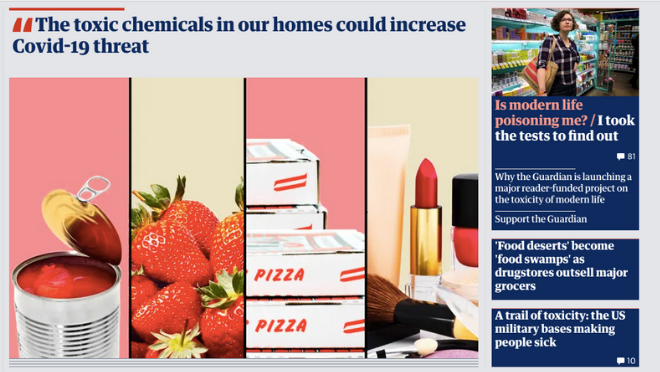
The Guardian: Toxic America series
Pesticides in your breakfast cereal. Carcinogenic chemicals in your furniture, and contaminated drinking water.
Welcome to Toxic America – a Guardian project which will explore the health implications of living in an environment that can expose all of us to chemical contamination on a daily basis through the air we breathe, the food we eat, the products we use and the water we drink.
The American public is routinely exposed to toxic chemicals that have long been banned in countries such as the UK, Germany and France. If they’re deemed harmful in those countries, why not in the US?
As Long as Grass Grows: The Indigenous Fight for Environmental Justice, from Colonization to Standing Rock
by Dina Gilio-Whitaker
Through the unique lens of “Indigenized environmental justice,” Indigenous researcher and activist Dina Gilio-Whitaker explores the fraught history of treaty violations, struggles for food and water security, and protection of sacred sites, while highlighting the important leadership of Indigenous women in this centuries-long struggle. As Long As Grass Grows gives readers an accessible history of Indigenous resistance to government and corporate incursions on their lands and offers new approaches to environmental justice activism and policy. Throughout 2016, the Standing Rock protest put a national spotlight on Indigenous activists, but it also underscored how little Americans know about the longtime historical tensions between Native peoples and the mainstream environmental movement. Ultimately, she argues, modern environmentalists must look to the history of Indigenous resistance for wisdom and inspiration in our common fight for a just and sustainable future.
The Intercept: Bad Chemistry series
By Sharon Lerner
Articles by Sharon Lerner on the global contamination crisis surrounding toxic industrial chemicals such as PFOA, PFOS, and GenX. The U.S. has refused to regulate the chemicals in this class, known as PFAS, despite the fact that they persist indefinitely in the environment and have been linked to cancer and many other illnesses.
Love Canal: My Story
By Lois Marie Gibbs
Today, “Love Canal” is synonymous with the struggle for environmental health and justice. But in 1972, when Lois Gibbs moved there with her husband and new baby, it was simply a modest neighborhood in Niagara Falls, New York. How did this community become the poster child for toxic disasters? How did Gibbs and her neighbors start a national movement that continues to this day? What do their efforts teach us about current environmental health threats and how to prevent them? Love Canal is Gibbs’ original account of the landmark struggle, updated with insights gained over three decades.
LindsayDahl.com
Our former team member Lindsay Dahl writes an outstanding blog. She states “I am an activist, writer, and rabble-rouser. I’m not satisfied with the status quo and as a result, I write about: clean living, the environment, feminism, and stories about people being agents of change.”
Count Down: How Our Modern World Is Threatening Sperm Counts, Altering Male and Female Reproductive Development, and Imperiling the Future of the Human Race
by Shanna Swan
To learn more, check out our interview with Dr. Swan!
In 2017, author Shanna Swan and her team of researchers completed a major study. They found that, over the past four decades, sperm levels among men in Western countries have dropped by more than 50 percent. They came to this conclusion after examining 185 studies involving close to 45,000 healthy men. The result sent shockwaves around the globe—but the story didn’t end there. It turns out our sexual development is changing in broader ways, for both men and women and even other species, and that the modern world is on pace to become an infertile one.
How and why could this happen? What is hijacking our fertility and our health? Count Down unpacks these questions, revealing what Swan and other researchers have learned about how both lifestyle and chemical exposures are affecting our fertility, sexual development—potentially including the increase in gender fluidity—and general health as a species. Engagingly explaining the science and repercussions of these worldwide threats and providing simple and practical guidelines for effectively avoiding chemical goods (from water bottles to shaving cream) both as individuals and societies, Count Down is at once an urgent wake-up call, an illuminating read, and a vital tool for the protection of our future.
Chigago Tribune: Playing with Fire: Chemical companies, Big Tobacco and the toxic products in your home
By Patricia Callahan, Sam Roe, and Michael Hawthorne
The average American baby is born with 10 fingers, 10 toes and the highest recorded levels of flame retardants among infants in the world. The toxic chemicals are present in nearly every home, packed into couches, chairs and many other products. Two powerful industries—Big Tobacco and chemical manufacturers—waged deceptive campaigns that led to the proliferation of these chemicals, which don’t even work as promised.
Green Enough: Eat Better, Live Cleaner, Be Happier–All Without Driving Your Family Crazy!
By Leah Segedie
For a sense of Leah’s style of advice, check out this excerpt she shared with us when she published the book.
In Green Enough, Mamavation blogger Leah Segedie uncovers the truth behind the food and household products that are misleadingly labeled all-natural and healthy but are actually filled with chemicals and toxins. From furniture to packaged food, Leah guides you through detoxifying your home, diet, and lifestyle, showing you how to make the best choices possible.
She exposes the brands and products that contain toxic and hormone-disrupting ingredients and gives guidelines on choosing safer products and organic produce that are free from toxic and persistent pesticides. She instructs you on making the move to meat, dairy, and eggs that are free of antibiotics, GMOs, growth hormones, and dangerous pathogens. She explains at what phases of childhood children are the most vulnerable and need more protection. And she includes delicious and kid-approved recipes to help you detoxify your cooking routine. It’s not about being perfect or 100% clean—none of us are—it’s about being green enough.

